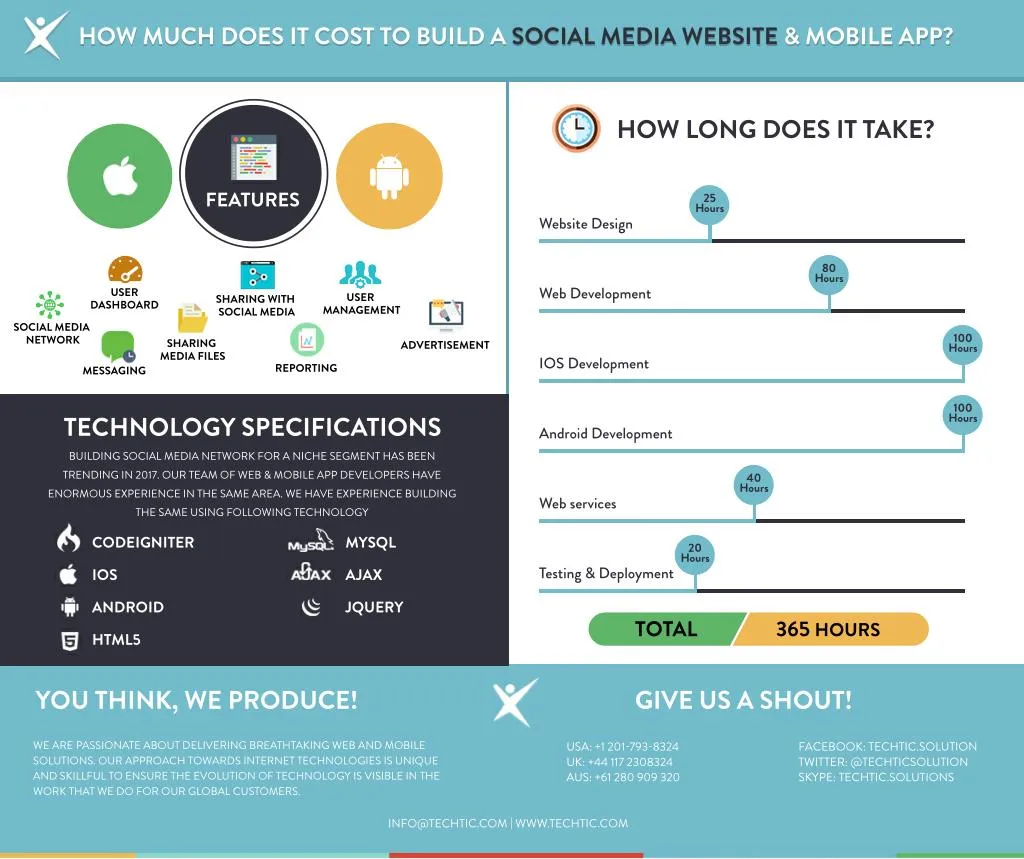Are your tires worn out, and do you feel it is time to replace them? Is this your first time to replace a complete set? It is normal to get a bit nervous when it’s time to replace our tires. We wonder how much the average cost to replace our set of tires is.
The cost of replacing a complete set of tires is highly variable. Many factors affect the average cost of tire replacement, including the brand, the type, and the size of the tire. On top of this, there are other things to consider like installation fees, service fees, disposal fees, and additional add-on fees.
Read on because I will provide you with helpful information that you must know before you replace your tires. I will give you an idea of the different costs you will incur. I will also talk about the ideal time to replace your tires.
Generally, you can choose to install inexpensive tires that range from $50 to $100 or around $400 for the complete set plus the add-on charges. You can also get moderately priced tires that range from $100 to $300 or about $900 for all four tires plus the other fees.
If you want to get premium tires, the price ranges from $300 to $1000 each – you can do the math.
Like the cost of the tire, installation charges also vary. The rough estimate is $15 to $45, depending on the rim size. Yes, the size of the tires to mount also matters.
There is also another cost that you would likely pay while installing the tires – it is called the balancing fee. What is this fee? Balancing is the process of adding weights to make sure that each wheel weighs the same.
Regardless of the tire size, you will incur this cost as this requires labor. The average price for tire balancing is around $15 at most.
What is tire alignment, and why is it necessary?
Tire alignment refers to adjusting your car’s suspension, the system that connects to the vehicle’s wheels. It is the adjustment of the tires’ angle which influences road contact.
It is the adjustment of the tires’ angle which influences road contact.
What problem does it bring if your tires are not correctly aligned? Misaligned tires can result in uncomfortable rides and wear out your suspension faster.
The alignment cost sometimes depends on the type of vehicle. The average price for an ordinary car is around $90 and can go up to $150 for complicated vehicles.
Getting rid of old or used tires can be a concern for drivers. Used tires are considered hazardous waste; thus, they need proper disposal. The cost of disposing of old tires can range from $2 to $5, sometimes even higher.
You are paying the tire dealer to handle the disposal of your tires on your behalf.
Another cost you might incur when replacing your tire is road hazard protection. This protection serves as the insurance for your tires from common road damages.
The price for this plan varies from one tire dealer to another, but the average cost is around $50 for all four tires. This cost is optional, so you can decide not to avail of it.
This cost is optional, so you can decide not to avail of it.
Some tires include a road hazard protection warranty. But, again, you can ask your trusted tire dealer for these types of tires.
The next set of tires for your vehicle depends on your preference. You can decide to go with budget tires if your budget is restricted. There is no problem with buying these affordable brands.
However, I would suggest that you do proper research on the tire you are considering acquiring to ensure that you will still enjoy the performance you are expecting to get.
As you’ve read earlier, the price of these types of tires ranges from $50 to $100 per tire.
These are the brand of tires which price ranges from $100 to $300. As the cost of these tires is a little higher than the budget tires, manufacturers usually boast better performance and higher quality than budget tires. Well, all manufacturers brag about the performance of their products.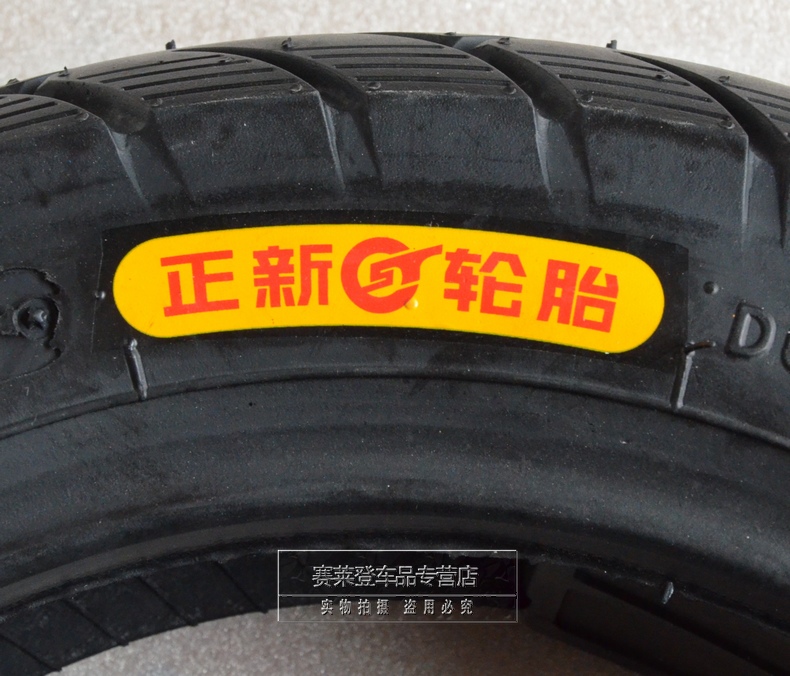
I would suggest you read reviews or ask around to confirm the actual performance of the tire you are getting. I would say that the tire price doesn’t matter; the road performance does.
Please read our review on one of the most outstanding all-season tires at a minimal cost, Toyo Ultra Z900.
As the name entails, premium tires are the expensive tires displayed on the racks of your tire dealers. These are the tires which price starts from $300 per tire and can go up to $1000.
Are there fundamental differences between budget tires and premium tires aside from the price? I reckon that there are significant differences. What are these?
The road performance, the overall quality of the tire, and the tread life are just among the few differences. Premium tires will generally give you better performance than budget tires.
Moreover, premium tires usually feature longer tread life compared to pocket-friendly tires.
Generally speaking, tire replacement should happen between five to six years.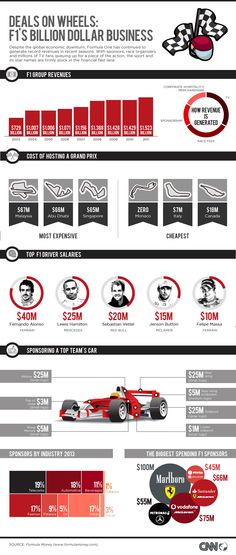 However, if the tire you acquired wore out fast, you must not wait for five or six years to do it.
However, if the tire you acquired wore out fast, you must not wait for five or six years to do it.
You should do a regular check on your tires’ tread depth. If the tread depth is too low, do not compromise your safety – replace your tires. How do you measure if the tread depth of your tires is low? An immediate replacement is required if the depth is at the final 2/32 inches.
There are other ways how to measure tread depth here.
The cost of a set of tires varies depending on your preference. It depends on how much you are willing to shell out.
Replacing your tires involves many possible costs, including installation, disposal, service, and some other add-on fees. Some of these costs are optional such as road hazard protection. However, these costs could be beneficial or help protect your driving experience.
You can decide to go with budget tires or premium tires. It is all up to you. What is important is that you do diligent research about the tire’s performance that you are planning to purchase.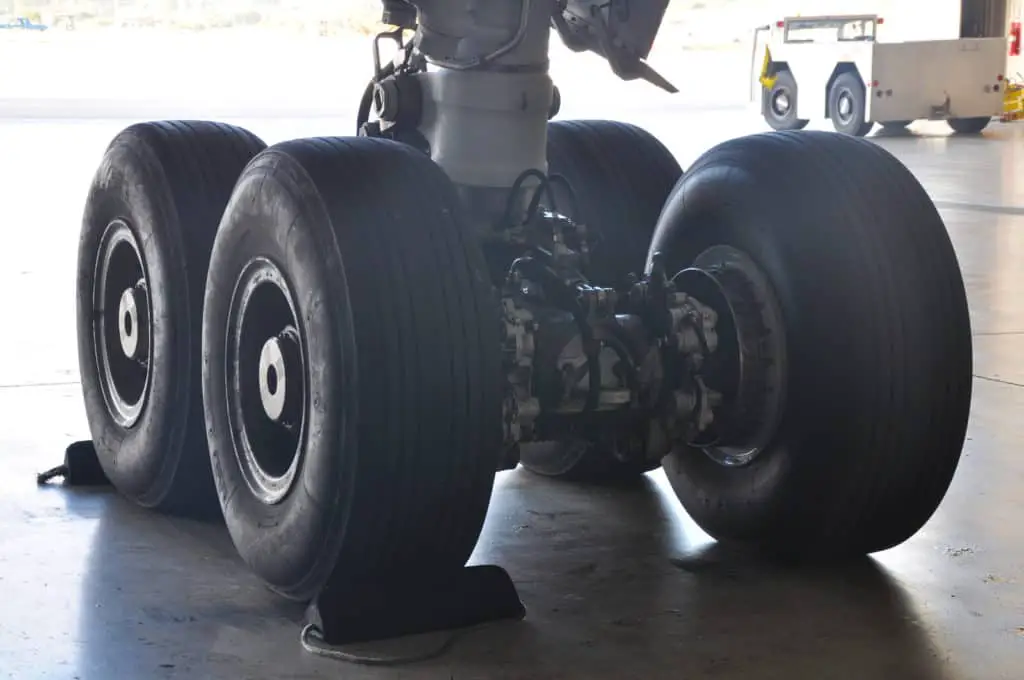
At some point, every car requires new tires. Since you want to budget accordingly, it’s important to know how much does it cost to replace your tires?
In this guide, we cover the varying factors that influence the new tire price. We also give you a few tips that may help you save some money.
How Much Do New Tires Cost?A new set of four tires will usually cost you between $400 and $1500, depending on the type of tire, vehicle, quality and where you get them installed. If you choose cheap tires, you may be able to spend $50 each, but on some vehicle types, you can easily spend $1500 or more on a new set of tires.
Now that we have the quick answer to the general cost of new tires, let’s take a closer look at the factors that affect the cost.
Factors Affecting Cost to Replace Your Tires1. Tire SizeThe biggest factor affecting your expense will be the size of the tire you need.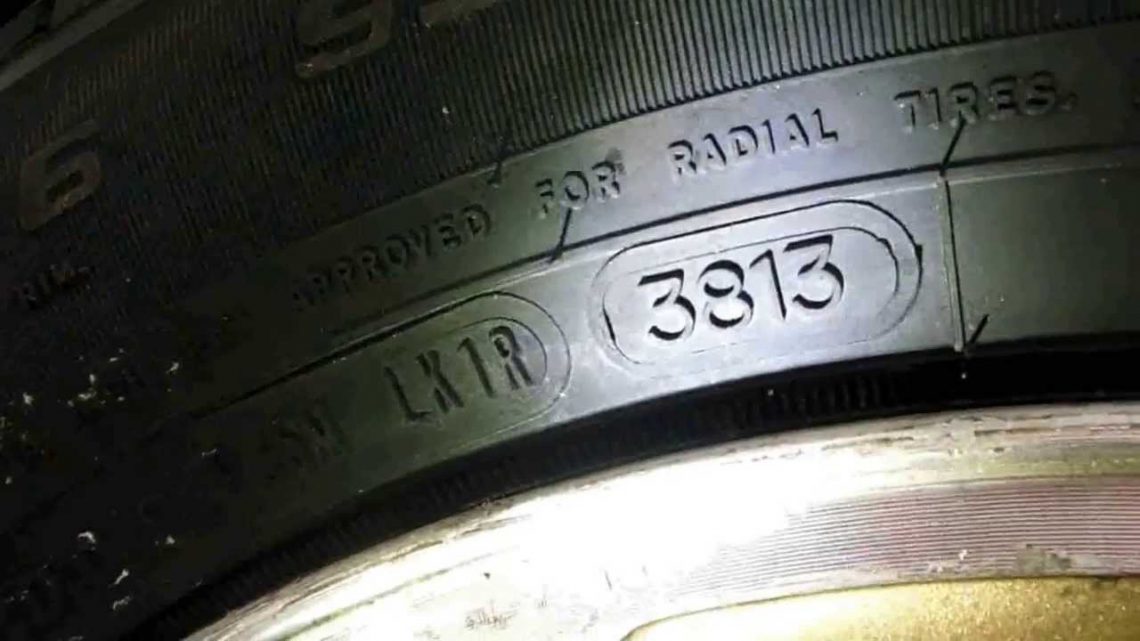 You can find tires in all sizes, meant for a multitude of purposes. If you have a compact car, you will have the cheapest tires available, maybe even $50 each.
You can find tires in all sizes, meant for a multitude of purposes. If you have a compact car, you will have the cheapest tires available, maybe even $50 each.
Of course, high-performance cars, large pickup trucks, specialty off-road vehicles, and SUVs will naturally cost more. A good rule of thumb is that the larger the tire is, the more you can expect to pay for it.
2. BrandThere are just as many tire brands as there are sizes. Many tire shops specialize in one budget brand and carry a multitude of name brands.
You will spend far less to go with the no-name brand, but you need to think about the quality. After all, if you save money today by choosing this brand, does it really pay off if you have to replace the tires again prematurely? You may also get a much longer mileage warranty with quality tires, than with inexpensive tires.
If you choose a premium tire brand such as Michelin, Continental, Goodyear, Bridgestone, you will of course pay much more, but you know that you will get quality tires that last a long time and keep your vehicle on the road.
RELATED: 6 Worst Tire Brands to Avoid Buying
3. Installation CostMost tire shops do not make a lot of money on the tire installation. The job itself doesn’t take long and the price can often be included with the cost of the tires.
On average, you can expect most shops to tack on about $20-$40 per tire for the installation. However, if you visit a warehouse club, that expense could be even less.
4. Tire DisposalYou don’t get to leave your old tires with the shop without paying a price. These shops must pay to have them recycled, so that cost gets passed down to you.
On average, the tire disposal fees will be between $2 and $10 per tire to dispose of them. If you would rather save this money, you can get rid of them yourself.
5. Road Hazard/Warranty ProtectionOn top of the regular price paid for your tires, you may choose to add some extra warranty protection. With road hazard protection, you are covered if your tires get a hole or blow out.
However, you must be careful who you choose to get road hazard through. Not all companies are going to follow through on the agreement, leaving you paying for protection that doesn’t matter when something actually goes wrong.
6. Wheel AlignmentWhen your new tires are installed, you will need to get a wheel alignment. Having properly aligned tires ensures that they last as long as possible.
You might pay between $75 and $200 to have the wheels aligned, depending on how many need to be done. However, this money can be seen as an investment, ensuring that your tires continue to provide reliable transportation.
How to Save Money on Tires1. Shop AroundThe most important factor is shopping around. You can call one location and get a price on a particular set of tires and the cost is completely different somewhere else, even though they are the same tires.
When you are shopping around, keep a couple of costs in mind.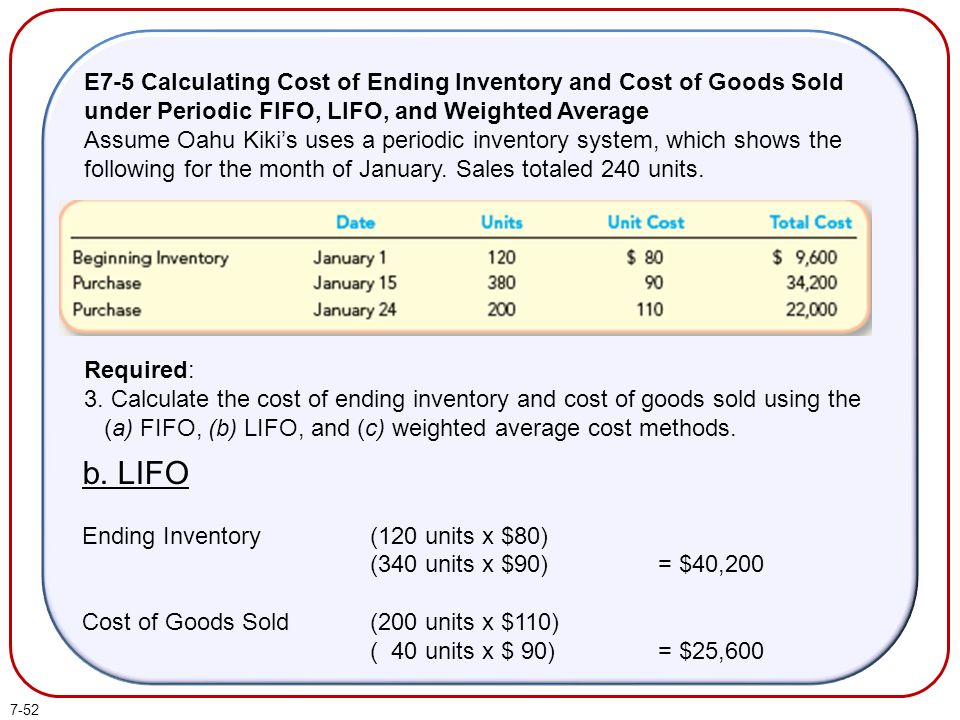 You will have the cost of the tires, the cost of installation and any fees that the company charges. Ask for the “out the door” price, so you can compare it apples-to-apples.
You will have the cost of the tires, the cost of installation and any fees that the company charges. Ask for the “out the door” price, so you can compare it apples-to-apples.
RELATED: How Much Do Rims Cost?
2. Watch for SalesYou can get a great deal if you shop during a sale. Of course, it’s not always convenient to wait for the next sale, but if you have some time before the tires need to be changed, this is a great way to save.
Throughout the year, tire shops will offer various sales. You can take advantage of a Buy 3, Get 1 Free deal or enjoy a certain percentage off. Most tire sales correspond with holidays, so you can tell when one might be around the corner.
3. Take Advantage of RebatesTire shops don’t often make a whole lot on the tire, so discounts can be limited. However, the manufacturers are happy to offer rebates throughout the year.
Most of the rebates are through the mail but can be found online. Additionally, the tire shops have the inside scoop on what’s available, so be sure to ask.
Additionally, the tire shops have the inside scoop on what’s available, so be sure to ask.
It’s not always wise to purchase used tires, but the takeoff is something entirely different. These tires were installed brand-new and only used for a couple of days before the customer decided they didn’t want them.
It could be that the client didn’t appreciate the ride or simply decided they wanted something better. Either way, the tire shop will offer the replacement tires at a discounted price, so be sure to ask what’s available, especially if you use a popular tire size.
5. Use All-Season TiresIf you live in a cold climate where a lot of snow falls, you might have two sets of tires. Most people in these regions use summer and winter tires. With two sets of tires, you have a lot more money out, especially every time you need to have them switched.
If you aren’t actually driving in the snow, it might be better to use all-season tires throughout the year.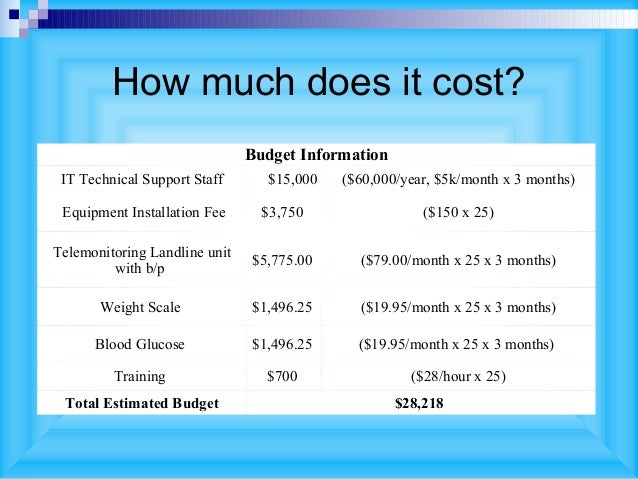 While these aren’t going to get you through deep snow, there’s no sense spending more for something you don’t need. Evaluate your options and see if you can stick to using one set all year long.
While these aren’t going to get you through deep snow, there’s no sense spending more for something you don’t need. Evaluate your options and see if you can stick to using one set all year long.
RELATED: 10 Best All-Season Tires – Review & Buyer’s Guide
The lifespan of a tire will depend on the type of tire, the type of driving you do, and the climate. Generally, tires last between 50,000 and 80,000 miles and 6 years. If you drive a lot in city traffic and brake a lot or live in a hot climate, your tires may wear out sooner. If you often drive around with low tire pressure or a bad wheel alignment, they may also wear down sooner.
If your tire tread depth is close to 2/32” or under, it’s definitely time to replace them. Most tire manufacturers recommend replacing tires every 6 years, regardless of the number of miles driven. This is because tire rubber degrades over time, even if the tires are not used. Tires that are more than 6 years old should be inspected by a professional to determine if they are safe to use.
Tires that are more than 6 years old should be inspected by a professional to determine if they are safe to use.
If your car is two-wheel-drive, it’s fine to replace two tires on the same axle instead of four, although you need to consider that your car will handle differently with two new tires than with four. If you are replacing two tires, it is best to put the new or best tires on the rear axle, as this will improve traction and stability.
On many 4WD and AWD cars, however, the diameter of the tires must match, otherwise, you can damage the transmission or the differential. Therefore, it is recommended to replace all four tires on 4WD cars, and it’s a requirement for many car brands like BMW and Audi.
You need to read the tire dimensions on your old tires and take them to the tire shop. You can also call your authorized dealer or check your owner’s manual if the wheels are stock.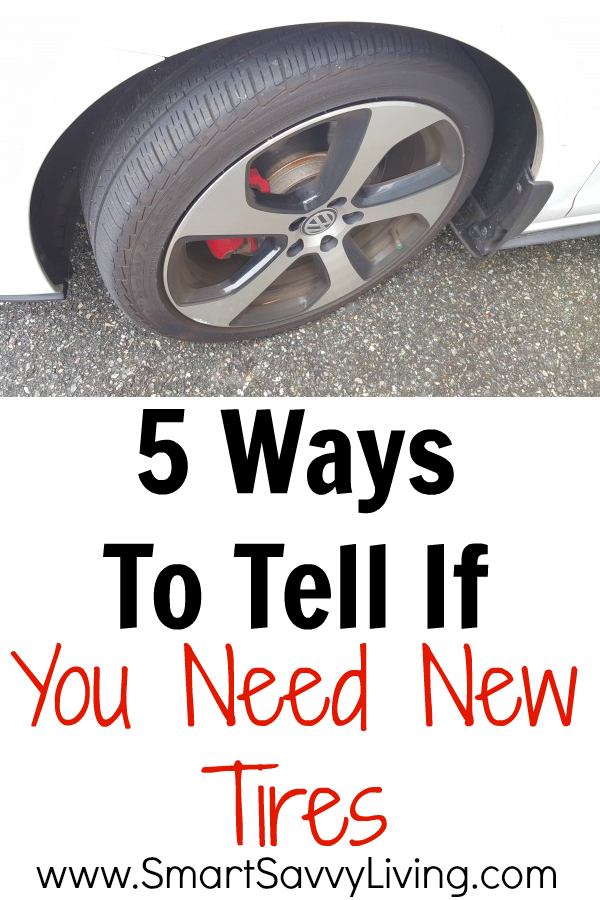
Was this article helpful?
YesNo
3.8/5 3 reviews
from to 12 832 ₽
Compare 9 offers
3.8/5 6 reviews
34 m May vary depending on vehicle and weather conditions."> 69dB 105 l May differ depending on vehicle and driving style.">
and further 13 tests
from 6 100 ₽ to 12 650 ₽
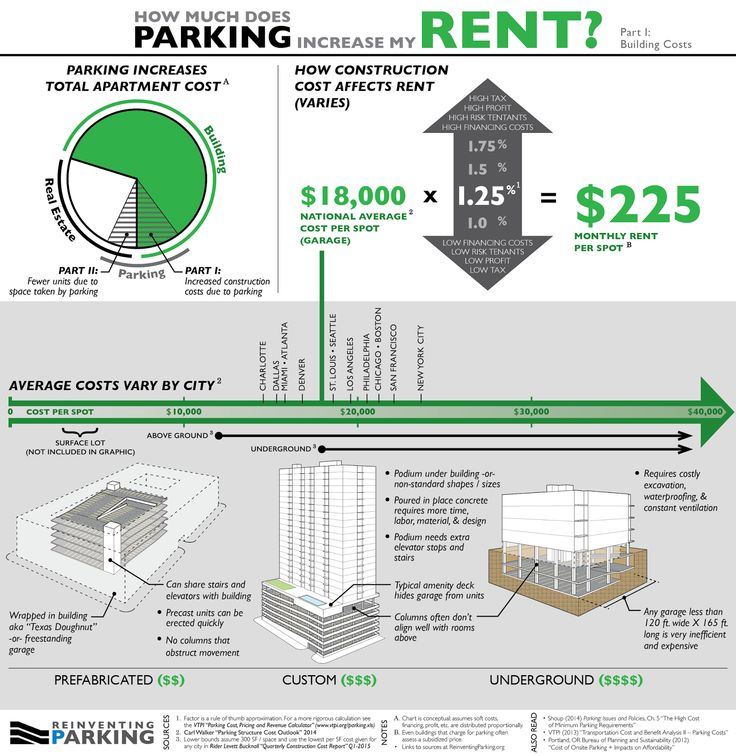 ru 6 100
ru 6 100 Compare 293 offers
4.8/5 3 reviews
30 m May vary depending on vehicle and weather conditions."> 70 dB 147 l May differ depending on the vehicle and driving style.">
from 2 633 ₽ to 8 330 ₽
Compare 698 offers
4.3/5 7 reviews to 13 060 ₽
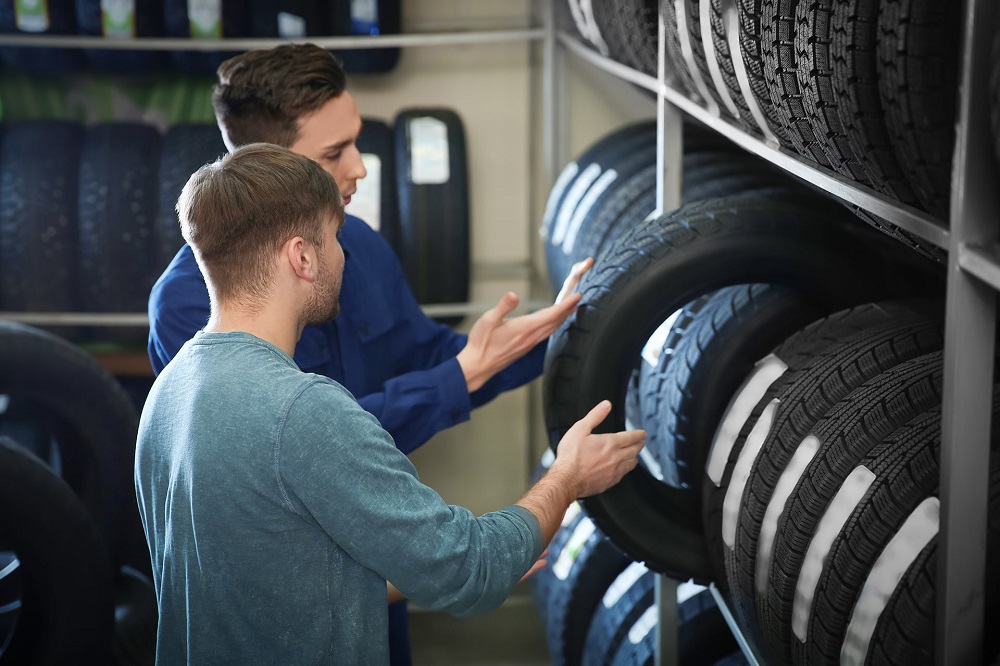 ru 6 926
ru 6 926 Compare 37 offers
4.4/5 7 reviews
and further 7 tests
from 4 900 ₽ to 17 660 ₽
Compare 1305 offers
3.3/5 7 reviews
34 m May vary depending on vehicle and weather conditions."> 70 dB 54 l May vary depending on vehicle and driving style.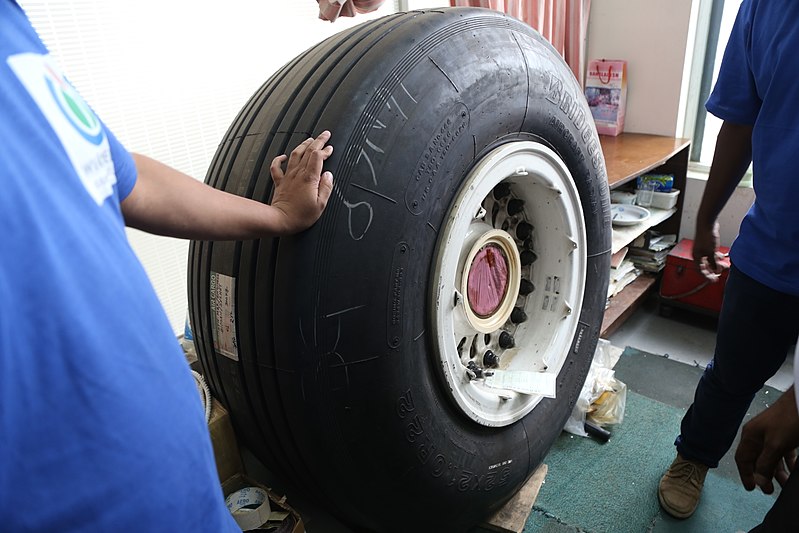 ">
">
from 9395 ₽ to 17 590 ₽
Compare 43 offers
3.5/5 7 reviews
30 m May vary depending on vehicle and weather conditions."> 70 dB 147 l May differ depending on vehicle and driving style.">
and further 10 tests
from 3 026 ₽ to 7 210 ₽
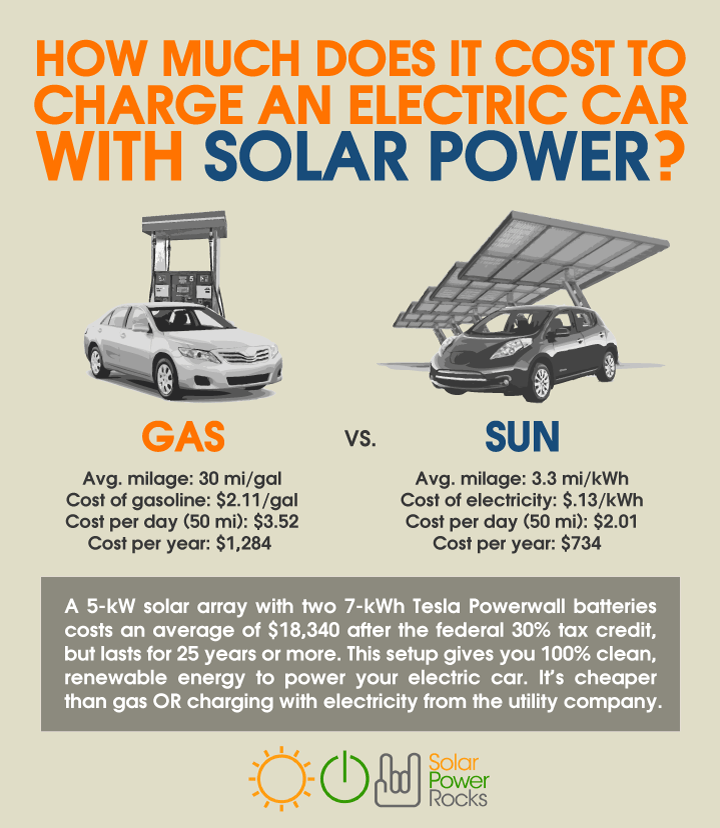 ru 7 210
ru 7 210 Compare 71 offers
4.2/5 5 reviews
30 m May vary depending on vehicle and weather conditions."> 73 dB 105 l May vary depending on vehicle and driving style.">
from 2 495 ₽ to 6 512 ₽
Compare 67 offers
4. 9/5 11 reviews
9/5 11 reviews
27 m May vary depending on vehicle and weather conditions."> 71 dB 105 l May differ depending on the vehicle and driving style.">
from 3 470 ₽ to 15 580 ₽
Compare 576 offers
4.2/5 17 reviews
30 m May vary depending on vehicle and weather conditions."> 70 dB 105 l May differ depending on the vehicle and driving style.">
from 5 182 ₽ to 18 170 ₽
Compare 1324 offers
4/5 7 reviews
27 m May vary depending on vehicle and weather conditions. "> 72 dB 54 l May vary depending on vehicle and driving style.">
"> 72 dB 54 l May vary depending on vehicle and driving style.">
and further 8 tests
from 6 760 ₽ to 15 020 ₽
Compare 1535 offers
4.4/5 10 reviews
from 3 870 RUB to 14 350 ₽
 ru 6070
ru 6070 Compare 1055 offers
4.3/5 8 reviews
30 m May vary depending on vehicle and weather conditions."> 71 dB 54 l May differ depending on vehicle and driving style.">
from 7 355 ₽ to 19 302 ₽
Compare 631 offers
4.7/5 6 reviews
39 m May vary depending on vehicle and weather conditions."> 73 dB 54 l May differ depending on the vehicle and driving style.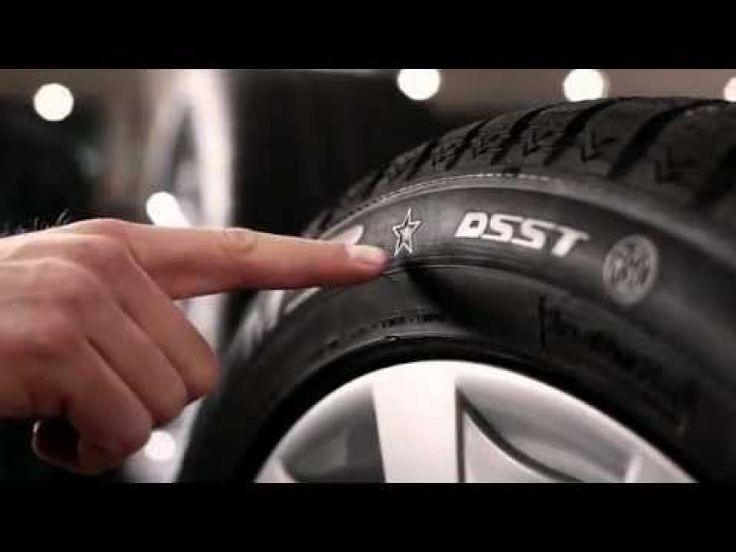 ">
">
from 6 210 ₽ to 10 349 ₽
Compare 69 offers
4.4/5 5 reviews
45 m May vary depending on vehicle and weather conditions."> 74 dB 54 l May vary depending on vehicle and driving style.">
from 3 900 ₽ to 15 914 ₽
Compare 248 offers
4.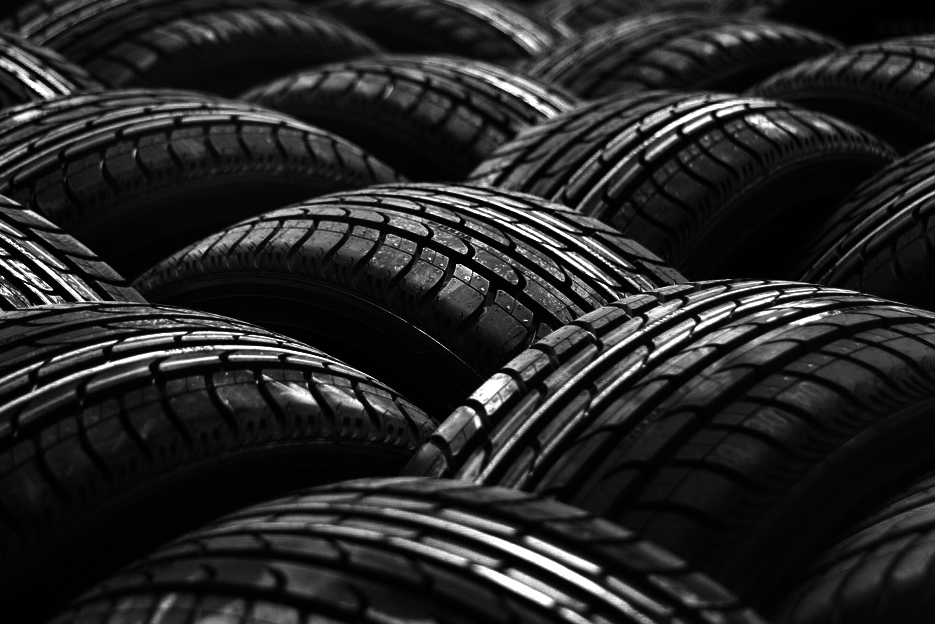 6/5 5 reviews
6/5 5 reviews
from 3 940 RUB to 15,000 ₽
Compare 649 offers
5/5 5 reviews
39 m May vary depending on vehicle and weather conditions."> 71 dB 54 l May differ depending on the car and driving style.">
from 7 600 ₽ to 19 930 ₽
Compare 570 offers
4. 6/5 8 reviews
6/5 8 reviews
27 m May vary depending on vehicle and weather conditions."> 71 dB 105 l May vary depending on vehicle and driving style.">
and further 21 tests
from 5 840 ₽ to 20 560 ₽
Compare 893 offers
3.1/5 5 reviews
from 4 980 RUB to 7 534 ₽
Compare 23 offers
4.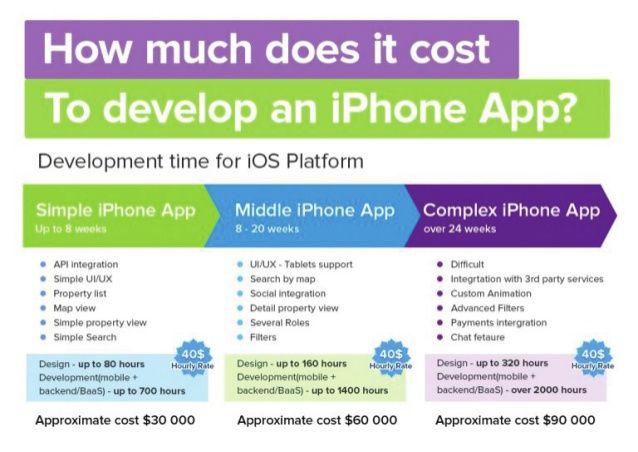 3/5 3 reviews
3/5 3 reviews
39 m May vary depending on vehicle and weather conditions."> 71 dB 105 l May differ depending on the vehicle and driving style.">
from 6 920 ₽ to 14 679 ₽
Compare 167 offers
4.1/5 7 reviews
34 m May vary depending on vehicle and weather conditions."> 70 dB 105 l May vary depending on vehicle and driving style.">
and further 2 tests
from 9 461 ₽ to 16 950 ₽
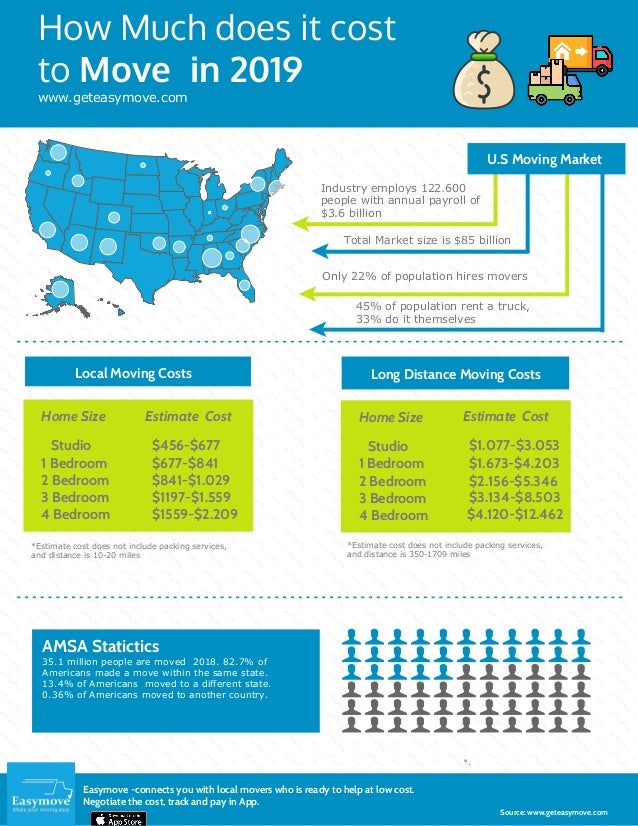 ru 12 390
ru 12 390 Compare 1024 offers
4.4/5 7 reviews
34 m May vary depending on vehicle and weather conditions."> 71 dB 105 l May differ depending on the vehicle and driving style.">
from 10 220 ₽ to 31 590 ₽
Compare 159 offers
3. 7/5 5 reviews
7/5 5 reviews
30 m May vary depending on vehicle and weather conditions."> 71 dB 147 l May vary depending on vehicle and driving style.">
and further 8 tests
from 4 600 ₽ to 8 249 ₽
Compare 271 offers
4.6/5 6 reviews
34 m May vary depending on vehicle and weather conditions."> 71 dB 105 l May differ depending on vehicle and driving style.">
and further 5 tests
from 4 850 ₽ to 8 210 ₽
Compare 38 offers
Korean rubber is popular all over the world due to its excellent quality at a low price. The task of manufacturers is to create tires of the level of world leaders that would be available to any motorist.
The task of manufacturers is to create tires of the level of world leaders that would be available to any motorist.
Korean tires are produced using computer simulation. The composition of the rubber alloy from which they are made, most often includes rubber. This allows the kits to maintain stability on the road.
According to the results of numerous independent tests, tires made in Korea often turned out to be at the forefront. Among the most popular Korean brands are Hankook, Kumho, Laufenn and Nexen Corporation, which are serious competitors to eminent companies.
Rubber produced by Hankook is the most popular in Russia and is considered a model of Korean quality. The market is presented in a huge assortment.
Kumho models are constantly being improved and developed, but inferior to Hankook.
Nexen tires are suitable for all types of terrain. Among winter tires, there are both studded and non-studded options.
The Laufenn brand is owned by Hankook and is popular all over the world.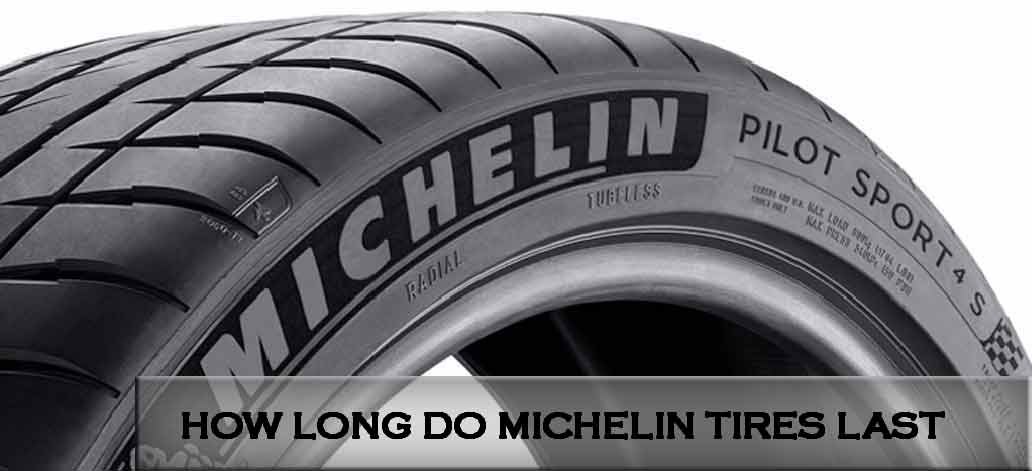 Rubber meets European quality standards and is able to satisfy the basic needs of drivers.
Rubber meets European quality standards and is able to satisfy the basic needs of drivers.
Pros of Korean tires:
Disadvantages of Korean tires:
Cars | ||||||||||||||
| Service name | RI2-RI3 | R14 | R15 | R16 | R17 | R18 | R19 | R20-R23 | up to R 26 | |||||
| Removal and installation of 1 wheel | 80 | 80 | 95 | 115 | 140 | 160 | 185 | 205 | 230 | |||||
| Mounting/removing 1 wheel | 45/90 | 70/140 | 85/170 | 115 /230 9089four | 140/280 | 150/300 | 165/330 | 185/370 | 200/400 | |||||
| Fitting/removing 1 RunFlat wheel | 105/210 | 140/280 | 170/340 | 200/400 | 275/550 | 300/600 | 320/640 | 360/720 | 400/800 | |||||
Fitting/removing 1 low profile wheel (45, 40.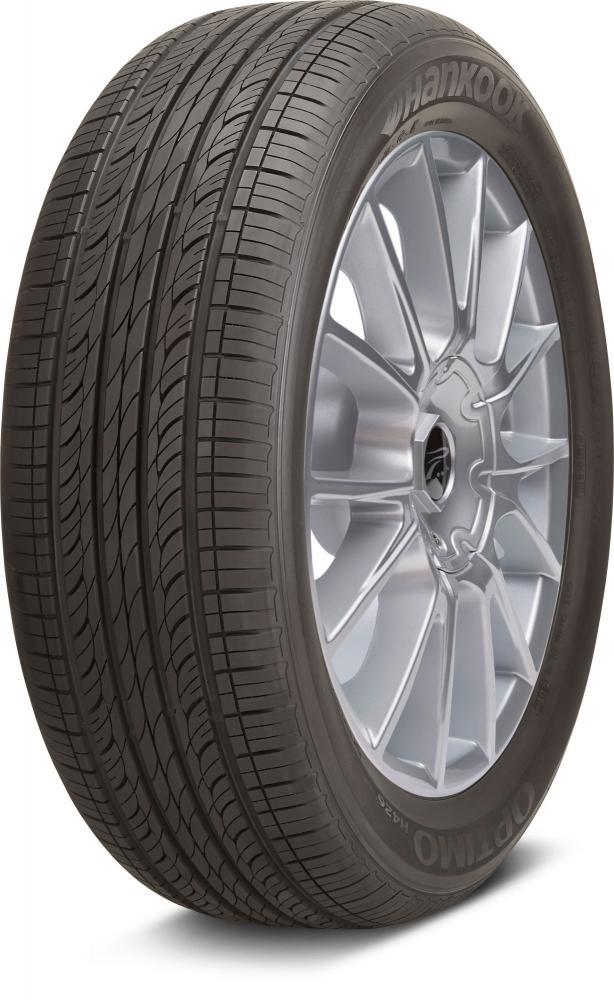 ..) ..) | 60/120 | 90/180 | 115/230 | 150/300 | 185/370 | 200/400 | 220/440 | 240/480 | 265/530 | |||||
| Fitting/removing 1 low profile wheel (45, 40...) RunFlat | 125/250 | 170/340 | 210/420 | 250/500 | 335/670 | 355/710 | 390/780 | 440/880 | 450/900 | |||||
| Balancing 1 wheel (including load) | 115 | 125 | 160 | 215 | 265 | 275 | 275 | 285 | 345 | |||||
| Total (4 pieces) | 1150 | 1380 | 1700 | 2240 | 2710 | 2940 | 3130 | 3450 | 3910 | |||||
| Total (4 pcs) RunFlat | 1610 | 1930 | 2380 | 2900 9089four | 3790 | 4120 | 4380 | 4830 | 5470 | |||||
Sum (4 pcs) low profile (45, 40.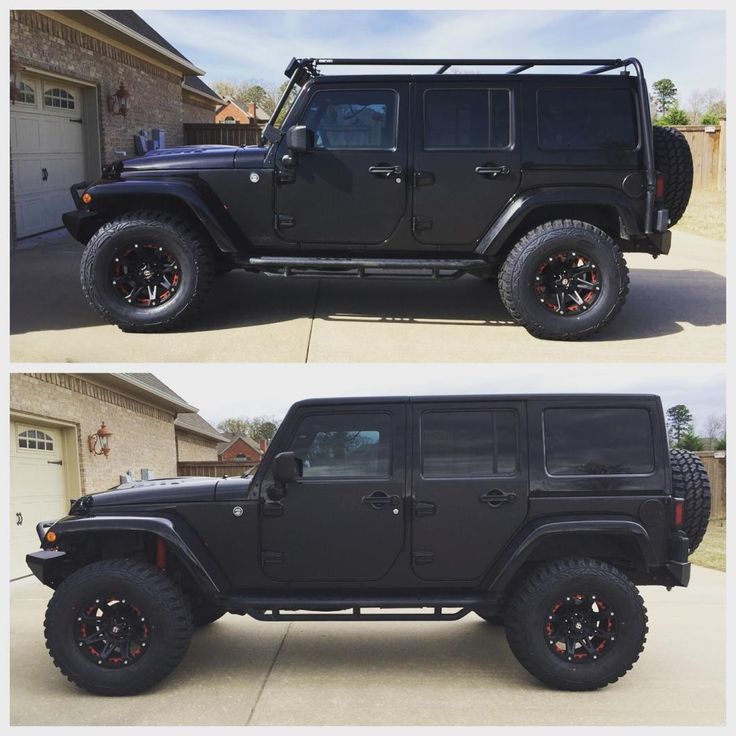 ..) ..) | 1270 | 1560 | 1910 | 2520 | 3100 | 3340 | 3600 | 3880 | 4420 | |||||
| Sum (4 pcs) low profile (45, 40...) RunFlat | 1780 | 2180 | 2670 | 3290 | 4280 | 4580 | 4930 | 5470 | 5900 9089four | |||||
| Imbalance optimization 1 wheel | 200 | 250 | 300 | 350 | 400 | 400 | 450 | 450 | 600 | |||||
| Vulcanization 1 wheel | 800 | 800 | 850 | 1100 | 1200 | 1200 | 1400 | 1400 | 1800 | |||||
Vans and SUVs | ||||||||||||||
| Service name | R15 | R 16 | R17 | R18 | R19 | R20 - R22 | up to R 26 | |||||||
| Removal and installation of 1 wheel | 105 | 120 | 150 | 185 | 210 | 235 | 265 | |||||||
| Mounting/removing 1 wheel | 95/190 | 135/270 | 150/300 | 175/350 | 185/370 | 210/420 | 230/460 | |||||||
| Fitting/removing 1 RunFlat wheel | 190/380 | 230/460 | 305/610 | 345/690 | 365/730 | 415/830 | 455/910 | |||||||
Fitting/removing 1 low profile wheel (45, 40.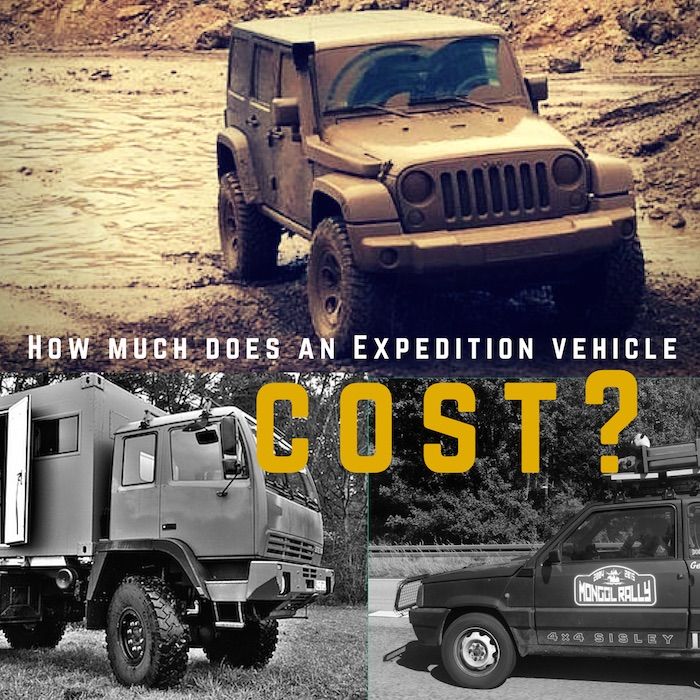 ..) ..) | 120/240 | 160/320 | 200/400 | 220/ 440 | 240/480 | 275/550 | 300/600 | |||||||
| Fitting/removing 1 low profile wheel (45, 40...) RunFlat | 225/450 | 285/570 | 365/730 | 410/820 | 445/890 | 505/1010 | 555/1110 | |||||||
| Wheel balancing 1 (including load) | 180 | 220 | 295 | 315 | 325 | 335 | 400 | |||||||
| Total (4 pieces) | 1890 | 2440 | 2990 | 3380 | 3590 | 3980 | 4490 | |||||||
| Total (4 pcs) RunFlat | 2650 | 3190 | 4190 | 4730 | 5030 | 5570 | 6290 | |||||||
Sum (4 pcs) low profile (45, 40.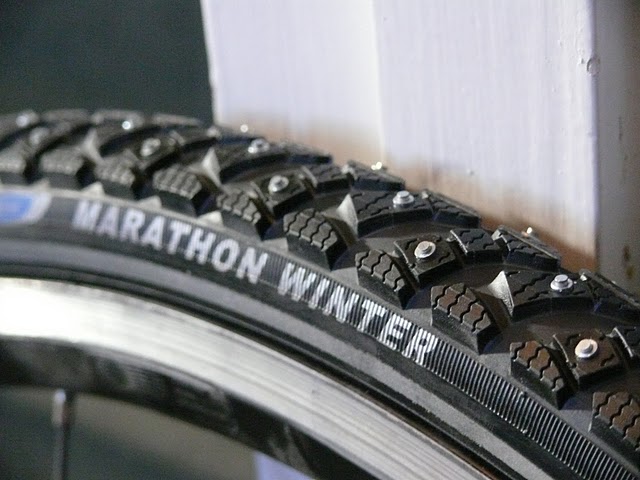 ..) ..) | 2090 | 2640 | 3360 | 3750 | 4050 | 4490 | 5060 | |||||||
| Sum (4 pcs) low profile (45, 40...) RunFlat | 2930 | 3610 | 4700 | 5250 | 5670 | 6290 | 7080 | |||||||
| Imbalance optimization 1 wheel | 330 | 385 | 440 | 440 | 460 | 495 | 800 | |||||||
| Vulcanization 1 wheel | 950 | 1200 | 1300 | 1300 | 1500 | 1500 | 1900 | |||||||
Other work | |
| Single wheel wash/cleaning | 60 |
| Replacement spool | 35 |
| Wheel geometry test | 60 |
| Wheel leak test | 60 |
| Camera repair (1 damage) | 60 |
| Sealing | 120 |
| Tire recycling | 120 |
| Tire pack | 25 |
| Tire storage (per day per wheel) | 120 |
Repair of one wheel (puncture) | |
| Harness | 130 |
| Fungus | 230 |
| Patch | 300 |
| Valve installation | 55 |
| Camera removal/installation | 60 |
Consumables | ||
| Conventional valve | 35 | |
| Chrome valve | 72 | |
| Cap | 12 | |
CAR TIRE STORAGE (6 months) | ||
| The most favorable conditions for our customers! | ||
| Radius | Without discs | With discs |
| 13-15R | 2300 | 2800 |
| 16-18R | 2500 | 3000 |
| From 19R and above | 3000 | 3500 |
Cost of tire service
Elimination of a puncture
300 rubles
R-13 tire service 4 pcs
1300 rub
R-14 4 pcs 4 pcs
1600 rub
Tiresomontate R-15 4 pcs
1600 RUB
Shinomontate R-16 4 pcs
1800 rub 9000 1800 rub
Tiresomontate R-18 4pc
3400 rub
RUB BALANCE
from 100 rubles
Finish Balance
from 180 rubles
RUB R15
from 150 rubles
Balancing wheels R16
from 200 rubles
RUB BALANCE R17
RUB R18
RUB
Storage of automobile tires
Radius 13-15
without discs / s discs
2300/2800
radius 16-18
without discs
2500/3000
radius from 19and over
Without discs / with discs
3000/3500
This section contains and updated all prices for tire services in 2020, our price list contains all the relevant information necessary to clarify the cost of work.
Tire fitting is a fairly simple procedure, but a lot depends on the quality of its implementation: how the car will behave on the road, how long the tires will last. Fuel consumption even indirectly depends on the quality of work. Therefore, it is important to ensure that all stages of work are carried out competently and professionally.
removing wheels from a car
removing tires from rims;
installation of new tires on wheels;
inflation;
balancing;
installation on a car.
The machine must be raised to remove the wheels. The easiest way to install a tire is to raise the car on a platform, lift or jacks. If you work with a jack, you will need to ensure that the car is level. And on a platform or lift, the masters have access to all wheels at the right height at once.
The wheel is removed and then washed or cleaned.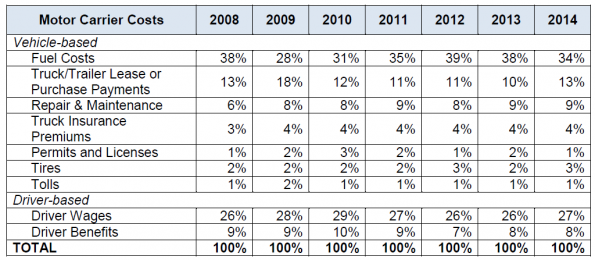 Working with a dirty wheel can interfere with the normal process, so it needs to be cleaned of dirt. Nord uses a washing machine for this, thanks to which the wheel can be completely cleaned in seconds.
Working with a dirty wheel can interfere with the normal process, so it needs to be cleaned of dirt. Nord uses a washing machine for this, thanks to which the wheel can be completely cleaned in seconds.
To remove a tire, you must first deflate it by unscrewing the valve. After that, the tire is squeezed out with special tools in a circle. If you squeeze it in one place and try to remove it, you can damage the sides or the valve. A phased spin allows you to remove the tire as accurately as possible.
Then we start mounting the new tire on a special machine. It is put on carefully, pressing in the same way in a circle until it snaps into place. All work starts from the inside. The tire is lubricated with mounting grease so that the beading is successful. Our master examines it, determining the degree of wear and the presence of possible damage.
The tire must then be inflated. This is done in several stages. Having pumped up the tire slightly, master Nord makes sure that it fits exactly into its seat.